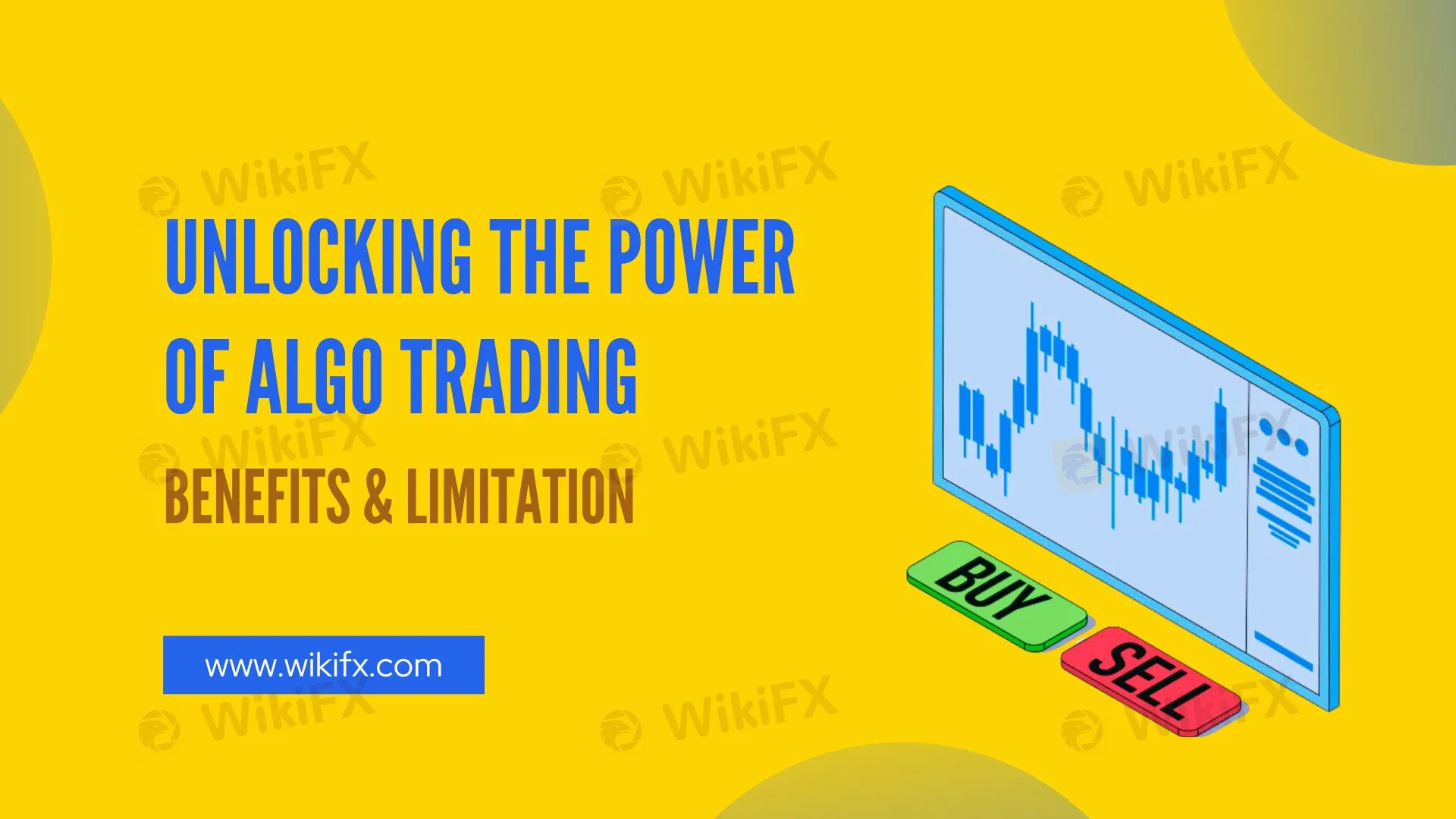简体中文
繁體中文
English
Pусский
日本語
ภาษาไทย
Tiếng Việt
Bahasa Indonesia
Español
हिन्दी
Filippiiniläinen
Français
Deutsch
Português
Türkçe
한국어
العربية
Unlocking the Power of Algo Trading: Benefits and Limitation
Abstract:Algorithmic trading merges speed, data, and automation—but can it outsmart human intuition and market chaos? Explore its power and pitfalls.

The Rise of Algorithmic Trading
Algorithmic trading has redefined financial markets, enabling data-driven decisions at unprecedented speeds. In recent years, the algorithmic trading market has exhibited rapid growth. According to the latest data, the global algorithmic trading market size is projected to increase from USD 2.106 billion in 2024 to USD 2.348 billion in 2025, with a compound annual growth rate (CAGR) of 12.9%. This growth is primarily attributed to the widespread application of artificial intelligence (AI) and machine learning (ML) technologies, as well as financial institutions continuous pursuit of trading efficiency and cost-effectiveness.
Four Key Advantages
1.Lightning-Fast Execution
Algorithms execute trades in milliseconds, outpacing human capabilities. High-frequency trading (HFT) exploits micro-price shifts through thousands of transactions per second, dominating volatile markets.
2.Multi-Market Mastery
Systems analyze global markets simultaneously, diversifying portfolios without real-time micromanagement.
3.Emotion-Free Decisions
Predefined rules eliminate impulsive actions driven by fear or greed, reducing costly errors
4.Non-Stop Trading
Algorithms capitalize on opportunities across time zones, even during off-hours.
Four Critical Limitations
- High Technical Barriers
Building robust sy'stems demands coding expertise and market insights—resources often scarce for retail traders.
2.Tech Vulnerabilities
A single coding flaw or server crash can trigger massive losses, as seen in historical market crashes.
3.Rigid Strategies
Algorithms struggle to adapt to black swan events like geopolitical shocks or sudden policy shifts.
4.Demands Vigilance
Systems require regular updates to stay relevant—no true “set-and-forget” solution exists.
Strategies for Success
To harness algorithmic trading effectively, traders should begin by rigorously backtesting strategies on historical data to uncover weaknesses and refine logic. Integrating risk management tools—such as dynamic stop-loss orders and position-sizing rules—is critical to limit downside exposure. Systems must be regularly updated to align with shifting market trends, regulatory changes, and emerging technologies. Most importantly, algorithms should complement human judgment rather than replace it; blending automated precision with adaptive decision-making often yields the most resilient outcomes.
Final Thoughts
Algorithmic trading has transformed financial markets with unparalleled speed and efficiency. However, it is not without risks: technical failures, market volatility, and regulatory challenges are all factors that must be considered. The market is constantly changing, and only by using automation tools flexibly rather than relying on them blindly can long-term success be achieved.
Disclaimer:
The views in this article only represent the author's personal views, and do not constitute investment advice on this platform. This platform does not guarantee the accuracy, completeness and timeliness of the information in the article, and will not be liable for any loss caused by the use of or reliance on the information in the article.
Read more

SEC Warns of Love Scams and Pig Butchering Investment Schemes
SEC's new campaign warns about relationship investment scams, highlighting red flags, losses, and protective measures. Stay safe from "pig butchering" schemes.

WeTrade Secures CySEC License to Expand EU Trading Services
WeTrade secures a CySEC license, allowing EU-wide operations. The approval boosts services, partnerships, and trust across the global trading community.

Beware of Gold Bar Investment Scams: Rising Threats
Gold bar scams surge in 2025 as gold prices hit $3,000/oz, targeting seniors. Learn how scammers exploit trust in gold and tips to avoid these frauds.

"Rate & Reward: Broker Review Contest"
Share Your Real Experience, Rate Your Broker Duration: April 21, 2025 – May 23, 2025 Eligibility: Must be a verified account holder of the reviewed broker.
WikiFX Broker
Latest News
eXch Exchange to Shut Down on May 1 Following Laundering Allegations
Think Scams Won’t Happen to You? That’s Exactly What Scammers Count On
Beware of Gold Bar Investment Scams: Rising Threats
Kraken Launches Forex Perpetual Futures on Kraken Pro Platform
Elites Gather in Taipei to Forge a New Forex Ecosystem
WeTrade Secures CySEC License to Expand EU Trading Services
Over $4 Billion Laundered Through Crypto Scams in Paraguay
Why You Keep Falling for Ponzi Schemes & How to Finally Break Free?
XGI Horizontal Promised Riches But Delivered a RM600,000 Loss
Currency Calculator


